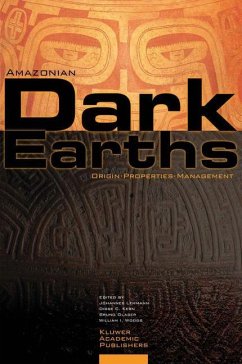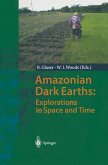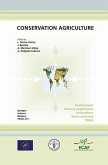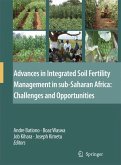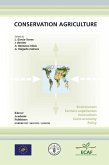Amazonian Dark Earths are not only a testament to the vanished civilizations of the Amazon Basin, but may provide the answer to how the large, sophisticated societies were able to sustain intensive agriculture in an environment with mostly infertile soils. Locally known as Terra Preta de Indio or Indian black earth, these anomalous soils are even today fertile and highly productive. Though clearly associated with pre-European settlements questions remain whether the Dark Earths were intentionally produced or merely a by-product of habitation activities. This publication provides a comprehensive review of our current understanding of these fascinating soils: their origin, properties, and management through time. These new and multidisciplinary perspectives by leading experts on Amazonian Dark Earths may pave the way for the next revolution of soil management in the humid tropics.
From the reviews: "Two symposia on the Amazonian Dark Earths were held in 2001, and these were followed in 2002 by the First International Workshop on the subject in Manaus and Santerem, Brazil. ... The Workshop succeeded in its aims of bringing a great deal of information from disparate fields of research to a wide international audience. The editors ... provide a ... comprehensive view of current knowledge, understanding, methods of research, and prospects for land management." (R. Webster, European Journal of Soil Science, Vol. 56, 2005) "Amazonian Dark Earths ... represents the state of the art in the study of archaeological sediments in the Amazon basin. ... The volume, composed of 23 chapters, explores diverse aspects of the origins, properties, and management of Amazonian dark earths (ADE) ... . This volume is a critical contribution to ADE research and of great relevance to archaeology, soil science, and contemporary development. ... the editors and contributors should be congratulated for establishing the benchmark for ADE studies." (Michael J. Heckenberger, Journal of Anthropological Research, Vol. 61, 2005)

